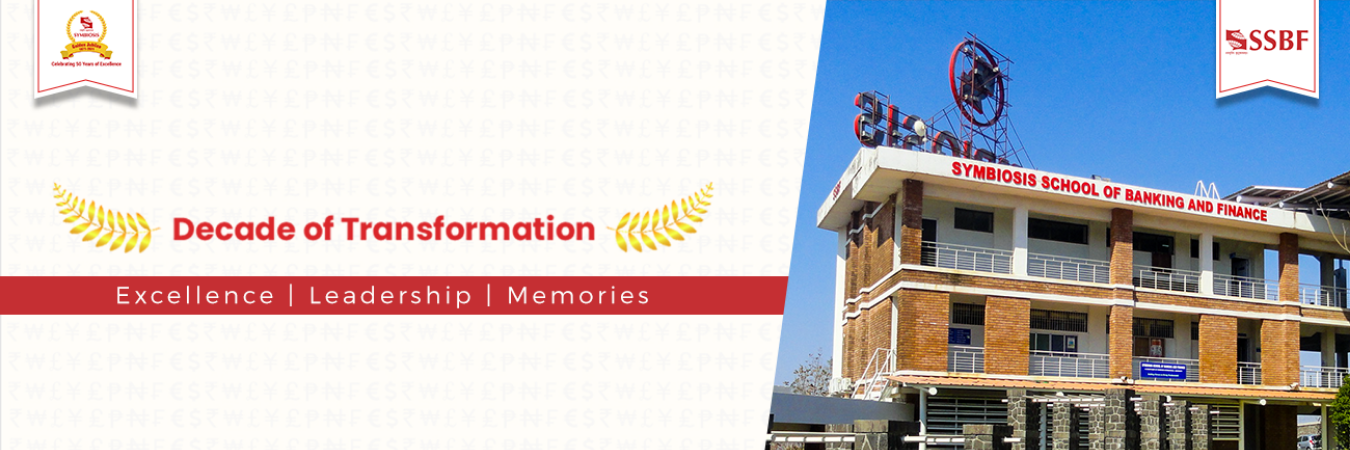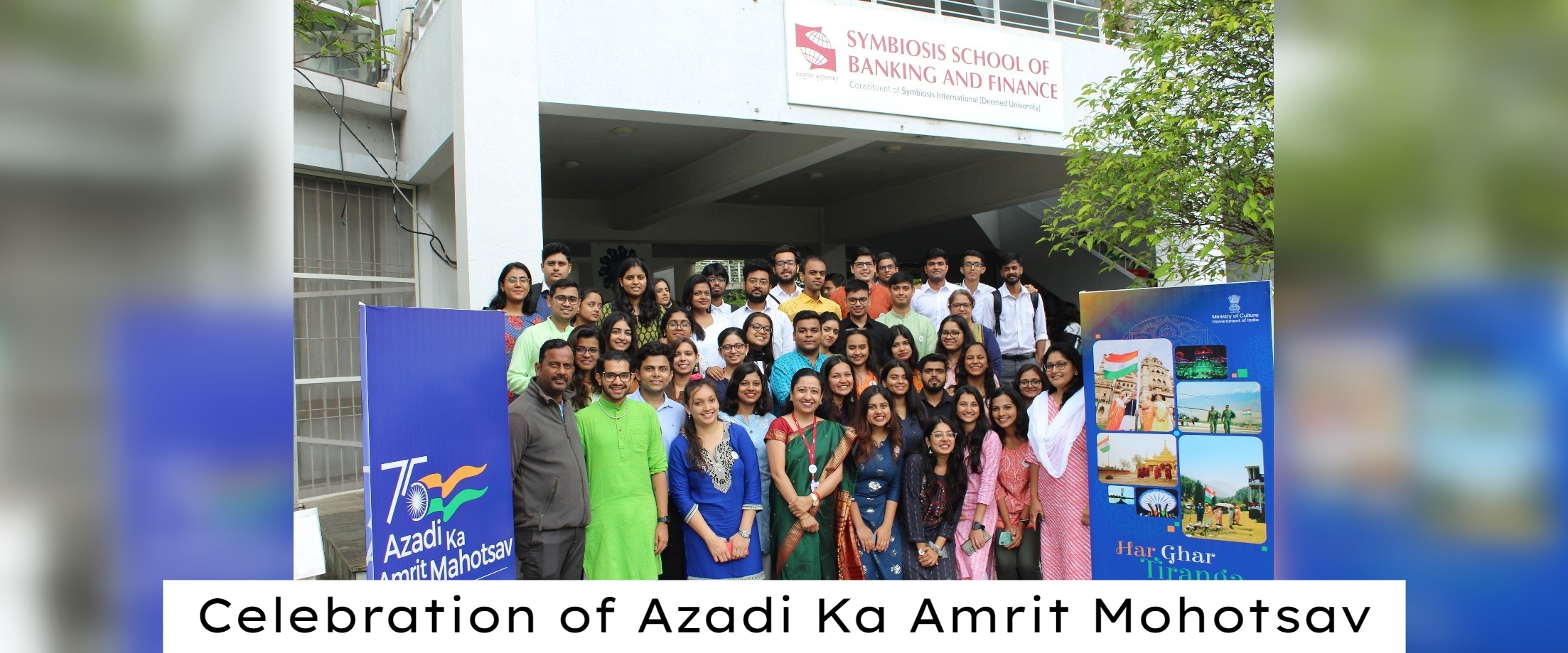The Government has been emphasizing on financial inclusionsince long time but the results have not met expectations. In a country, where 60% of the rural population is still unbanked, tireless efforts from all stakeholders are required. Inclusive finance has a critical role to play in the economic growth of the country. It helps in sustainable as well as socially inclusive growth. The Reserve Bank of India has constituted a Financial Inclusion Advisory Committee (FIAC) to spearhead the efforts towards greater financial inclusion. Issuing of new bank licenses, tweaking of priority sector lending, and passing of the microfinance bill are some of the recent steps in this direction. In addition, programs such as the Prime Minister’s Jan DhanYojana (PMJDY), Insurance and Pension Schemes for the poor are indicators of government’s commitment towards inclusion. Evidence indicates that income is not the only deciding factor for financial access and it is vital to give equal if not more importance to other factors responsible for financial exclusion. Certain sections of the society are distinctly excluded from mainstream financial system, indicating some form of discrimination. This paper suggests a strategy for inclusion based on good governance practices.
Dilip Ambarkhane , Ardhendu Shekhar Singh, and Bhama Venkataramani




